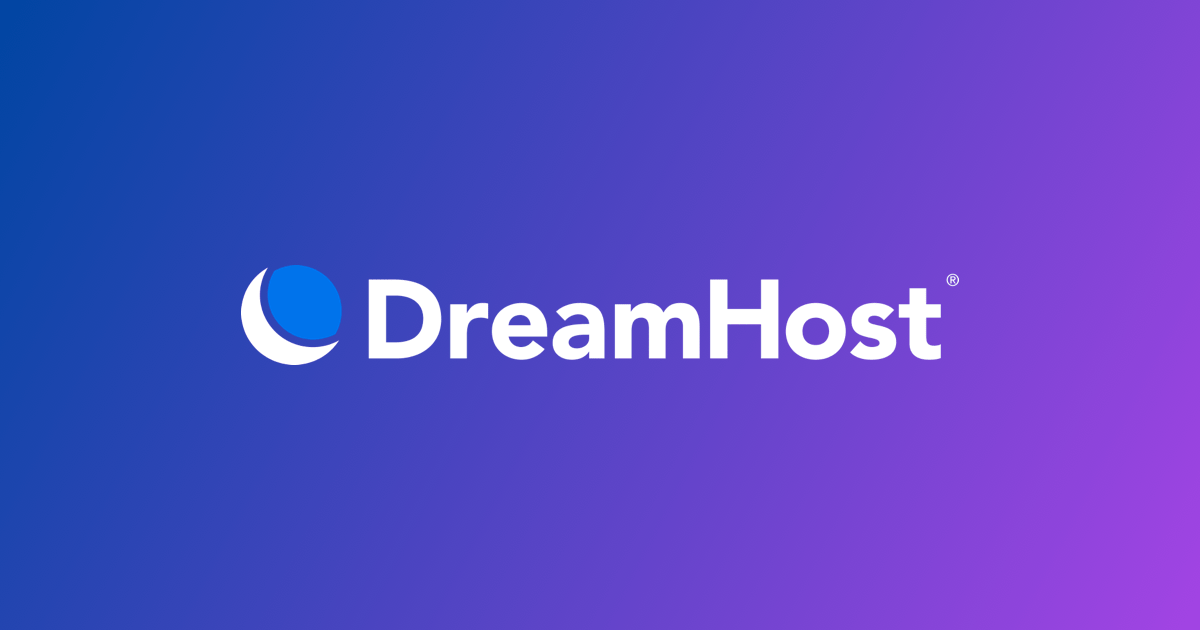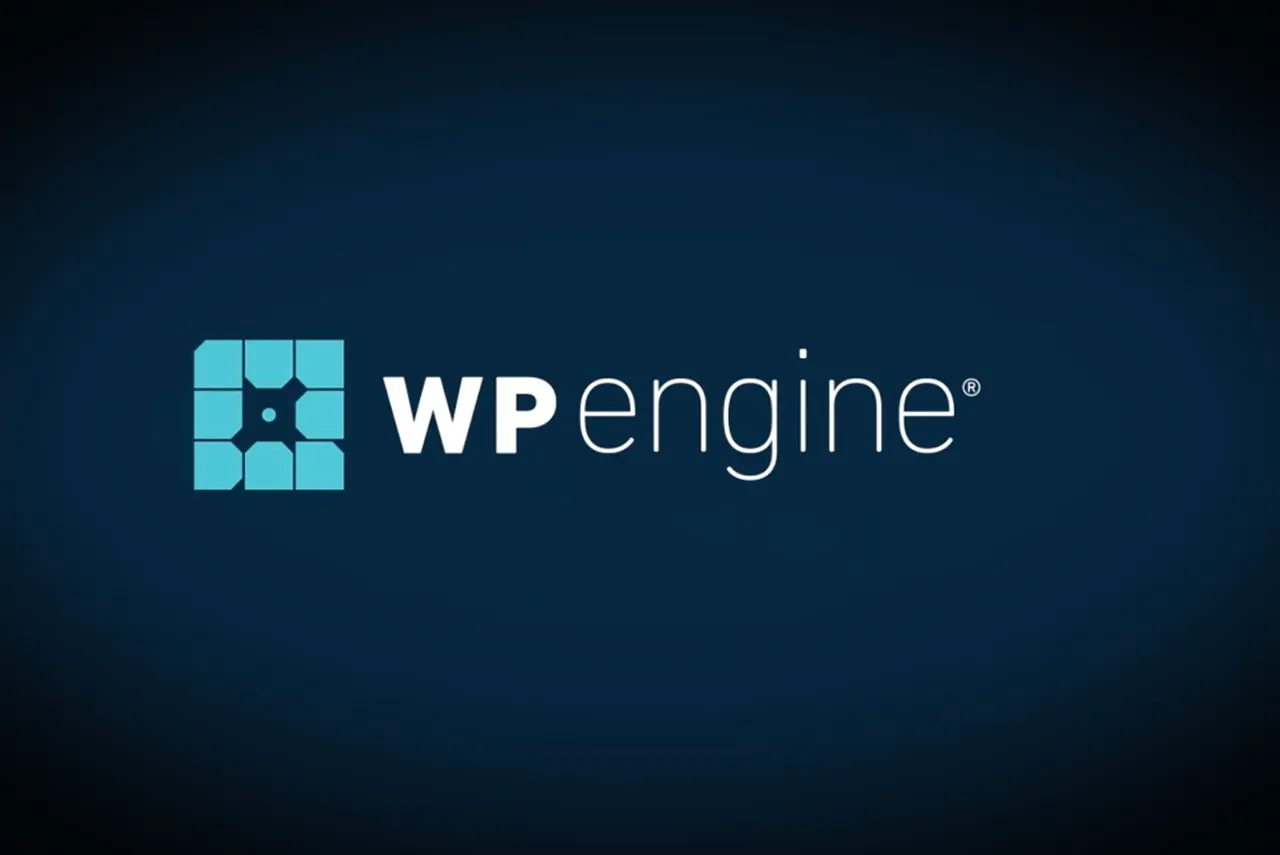In the ever-evolving landscape of the digital world, where websites are the face of businesses and individuals alike, the need for reliable and exceptional hosting […]
Related Posts
“HubSpot’s All-in-One Marketing Platform: The Ultimate Guide for Businesses”
- admins
- December 31, 2022
- 0
Introduction: In today’s highly competitive business landscape, effective marketing strategies are crucial for success. HubSpot, a leading marketing automation software provider, offers an all-in-one marketing […]

DreamHost.com Hosting Plans: Tailored Solutions for Every Online Venture
- admins
- June 15, 2023
- 0
In the vast landscape of web hosting providers, DreamHost.com stands out for its commitment to providing hosting plans that cater to a diverse range of […]

